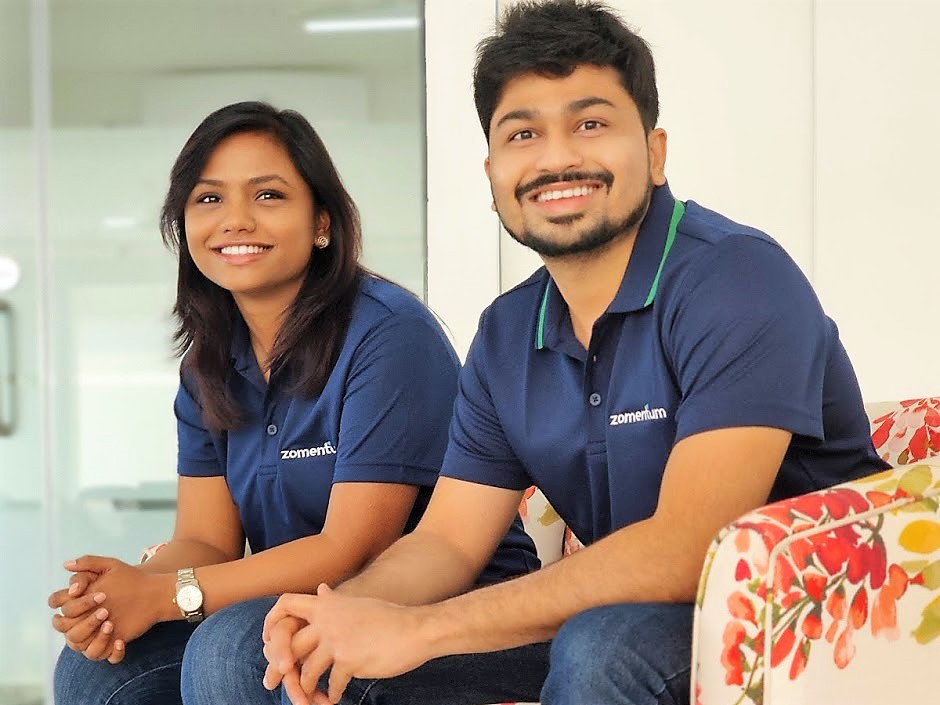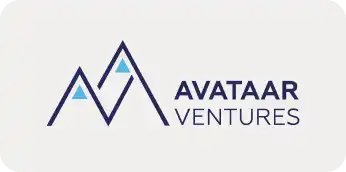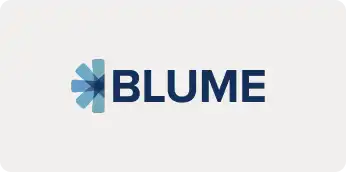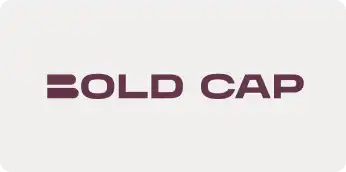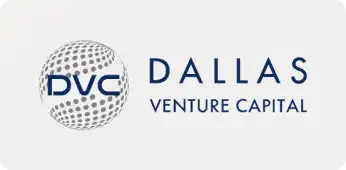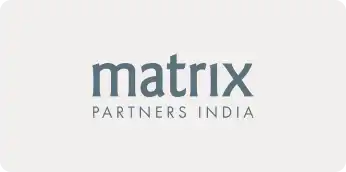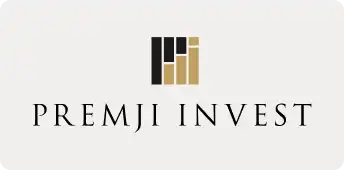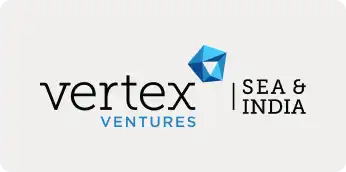How to structure your engineering-product org for faster delivery
Would you spend 25% of your first fundraise on one hire?
How about returning your first cheque from your first client just because you know they do not fit your product? And when that cheque is for $100,000?
These are just some of the high-risk but, in hindsight, right bets that Shruti Ghatge placed when she was initially building her SaaS startup Zomentum. Zomentum, which offers a sales acceleration platform for IT Channel Partners is just three years old.
And they just announced their Series A funding of $13 million from Elevation Capital, Accel, Greenoaks Capital and Eight Roads Ventures.
Facing the risk I operate from a place where if the payoff from the bet is disproportionate, I will take it. I would rather face the risk than regret not doing it,” says Shruti, who was a former analyst at Accel.
In fact, her startup journey began with a calculated risk: Not building a product at all for over a year and instead speaking to potential customers. Shruti credits her experience in the venture capital world—she was with Exfinity Venture Partners before Accel—for this and other key decisions she made as she started-up Zomentum with Rahil Shah.
Distribution trumps product
When she was starting up she was clear she wanted to build a SaaS company offering technology for SMEs. It was a $600 billion market. The questions that remained were what and how.
To get to these answers, Shruti started out with an assumption—distribution trumps product. Her VC experience informed these critical assumptions. Shruti says.
“I was meeting a lot of startups on a daily basis and realised that building products today is not the hard part. Engineering today is almost a commodity and cloud has brought down costs for building new products. I realised that the best products don’t necessarily win, the ones with the best distribution win. So the thesis we started off at the time was, is there a way to build this whole Go To Market (GTM) engine or distribution specifically for SMB.”
She and Rahil decided not to focus on building a product first, but just speak to potential customers.
“It’s very easy to build. Once you start writing code, then you have the whole baggage of ‘I have to stick with this and I have to find people who are facing this problem because I’ve already built it’. But imagine that after six months of building, the product goes nowhere. That failure is bigger,” says Shruti.
A few months into this customer research journey, they zeroed in on their distribution thesis.
Finding the buyer persona
SMEs, especially in developed markets, need to use multiple software products to run their business and most are not tech savvy enough to make their tech decisions on their own. Having a dedicated tech support employee is an unnecessary and high expense for such businesses. So most SMBs use IT Channel Partners or Managed Service Providers (MSP) as their trusted tech advisor to make their tech decisions. So it made sense to target these advisors.
“We realised if you had to go to the end SMB, you had to go via their trusted adviser, and the question was how do we do that? The answer was to become the champion of that trusted adviser or the IT partner, by making their life easy so they are able to build or give best of breed products for their SMB clients,” says Shruti.
That is how they zeroed in on their product—a sales acceleration platform built for IT Channel Partners.
Shweta Bhatia, Partner and Head of Technology Investments, at Eight Roads Ventures India., says it was the clarity of vision that Shruti had that led the venture fund to invest in Zomentum.
“It is a big vision—she wants to really influence in a big way how SMEs purchase software. Plus, she has a very clear roadmap on how she wants to get there. She’s identified the Managed Service Provider (MSP), or the IT partner, as the key influencer of the $150 billion+ spend that SMEs incur on IT,” says Shweta.
She adds that when targeting this set, most SaaS companies go at it the traditional way of building a product for the SMB customer, and then selling to the SMB customer directly through marketing and sales activities. It is also after reaching some meaningful scale that they think about getting acceptance by a partner channel.
“Shruti is interestingly taking a 20,000 foot view and saying ‘instead of SaaS solutions getting to tap channel partners only eventually, how do I get great products to tap the channel right at the start by plugging into the Zomentum network’. Most SaaS founders take a few years to identify and get traction with channel partners after already having invested in building their own sales and marketing motions. Shruti has identified this pain point from the get go.”
Customer Research = GTM Strategy
Shruti realised that to meet and speak with her potential customers, she needed to go where they congregated, as email outreach and other such forms of communication were not working. The key people in the IT Channel Partner ecosystem hung out in groups online and offline. So that’s where she went. Shruti found the community to be receptive, especially when they realised she was attempting to solve a challenge of theirs.
At this early stage Zomentum was not yet focusing on the US market. It was during these initial months, when there was no real product, that Shruti took a booth at a conference in Singapore and found the startup’s first paying customer. With a cheque of $100,000 in hand things should have been great.
But, as the startup began working on understanding that customer’s problems and building a solution for them, Shruti realised that there was no potential for repeatability in Southeast Asia. At the same time, the conversations in the US were going great and ticked the scale and repeatability boxes. Which is when Shruti decided to return the cheque, turn down the customer and focus on the US.
With a clear market focus and the beginnings of the product, Shruti took the decision to spend 25% of her angel round of funding on one hire.
This was because something interesting had happened along the way. While doing the customer research, she had discovered her GTM strategy. Since the target customers hung out in certain online and offline communities and conferences, it made the most sense to do marketing outreach in these settings. “Ours is a very unconventional way (of outreach).
It’s not digital marketing, it’s actually finding the right communities that these guys hung out in,” says Shruti. Having a voice trusted by this community to speak about Zomentum and the newly developed product became crucial. This was that early hire—someone whose words would be valued by the customers.
Also, Zomentum’s first 100 customers came from the pool of people and companies Shruti and Rahil interacted with during the research phase.
Zomentum launched its beta product in late-2019 and monetised it in January 2020. Today, Shruti has built a cross border team of over 60 and hundreds of businesses as clients. The pandemic, in fact, saw SMBs increasingly opting for technology, which helped IT Channel Partners and that in turn propelled Zomentum’s growth. Shruti also concluded their two rounds of funding in the midst of the pandemic.
The goal remains offering solutions to SMBs. So while the team continues to focus on bettering and deepening their sales acceleration product for IT Channel Partners, it is also working on the adjacent products for the same customer persona. The next module is expected this quarter.
Shruti credits Zomentum’s growth to the time spent on talking to customers, finding the pain point that the customer wanted help with, and building that solution.
“We saw great growth and adoption after our product launched and that’s because we did the groundwork. Nobody realises that one and a half years of struggle. I don’t want to romanticise it. They were tough days, because there was nothing we could measure. Have we made progress? There were many low days, days of not knowing what we were doing. But the growth we’re seeing now is because we spent those one to two years just figuring it out”, she says.


